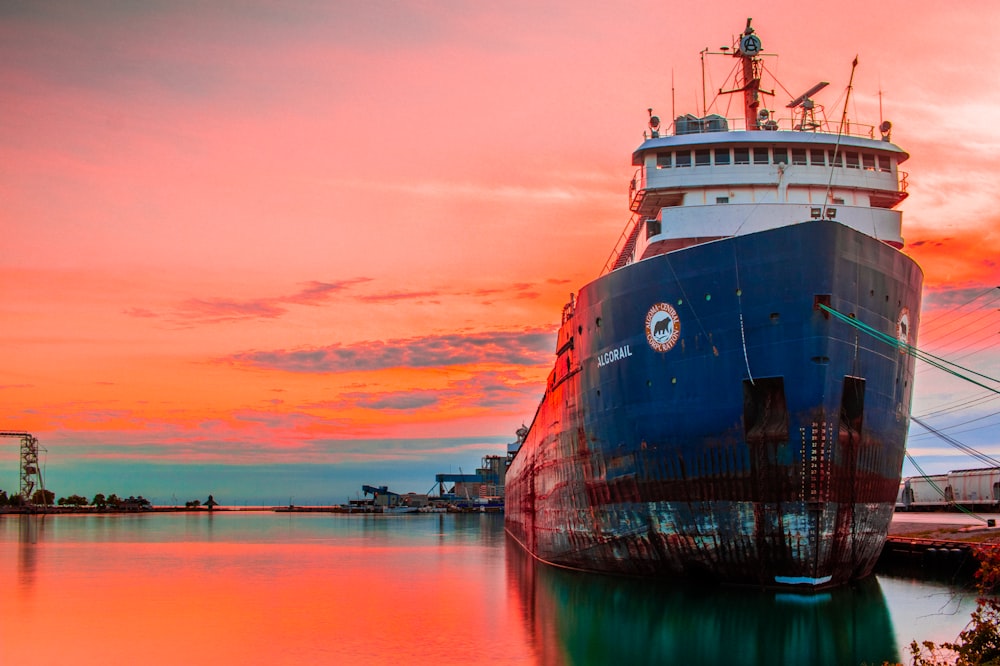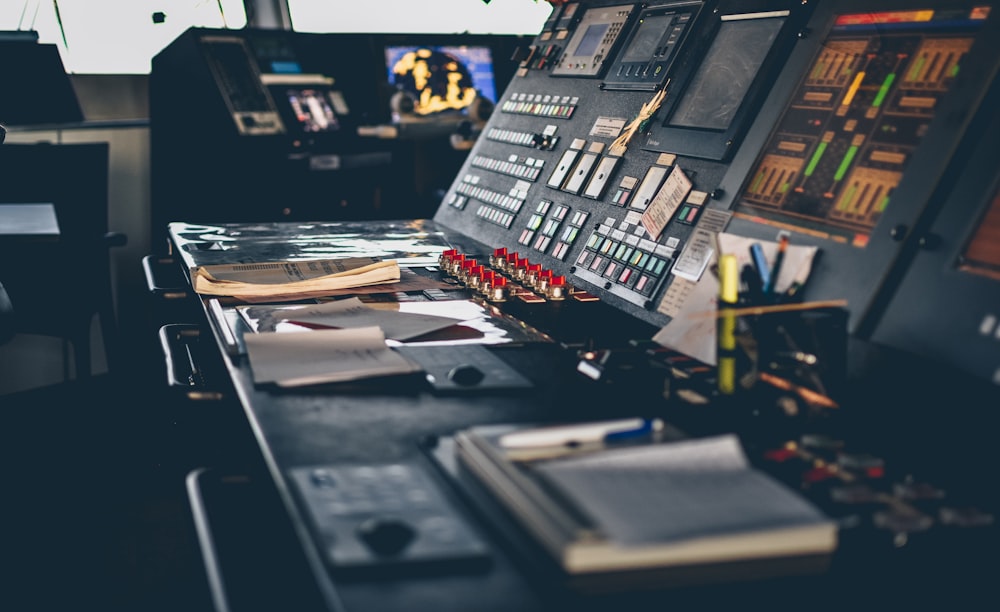
Ensure Efficiency on Your Ship, Optimize Hardware Performance and Improve Reliability

Automation is the design of the functions of the machines or systems whose operations are determined according to their features. After they are built, all processes are applied automatically according to their setup without the need for human beings. These applications always create cyclical work by repeating at the end of specific functions. In this way, all sortable and repeatable operations can be performed automatically without requiring any human intervention.
Automated systems can be fully human–independent (fully–automatic) or human–dependent (semi-automatic).
The most crucial difference in automation systems is that everything is progressed simultaneously with a jointly compact structure and by minimizing the work to be done by the workforce, the factories that use the system, the manufacturing sector, the transportation processes, the care sector, all different white goods industry, electronic device production, mobile phones, scientific studies, weather forecasts, elevator systems, electrical services, processes such as photography and video recording, machinery, automotive, textile, ship automation, defense industry, plastics, medical electronics, aircraft, energy, communication, petrochemical sectors, industrial fields, etc. Therefore, it provides advantages by appealing to different sectors.
Rising energy costs—increasing environmental regulations—increasing demand for large and multi-purpose vessels. Shipbuilders trying to design high–performance, low-cost diesel-electric boats face significant challenges today. You have to find a solution to each of these challenges that can withstand the harsh conditions of the marine environment.
At this point, commercial and military vessels worldwide rely on marine automation and control systems to optimize the engine, propeller, ballast, propulsion, rudder, and more.

The shipbuilding industry looks set to experience the most significant structural change in its history in the coming years. The future ship will be more environmentally friendly, using a hybrid propulsion system or all–electric. Automation systems that will support the shipbuilding industry and its suppliers in various applications such as propulsion technology, exhaust gas cleaning, water treatment, wastewater plant filtration system, deck equipment with intelligent sensors and system solutions, as well as critical assets such as hydraulic groups, will be able to perform status control. Companies that will have the necessary technology and experience to equip cargo ships, supply ships, container ships, yachts, cruise ships, and ferries with automation technology will withstand even the most adverse weather conditions in the open sea with easy–to–install sensors and systems.
Most modern ships have a hybrid propulsion system consisting of a combustion engine and an electric motor. However, motors, gears, bearings, and shafts are subjected to high mechanical stress.
With the condition inspection of the propulsion systems, machinery damage can be detected early. Thus, required maintenance on the open sea can be planned, thus reducing downtime costs and waiting times in the shipyards.
In this respect, dozens of different systems must work in harmony for ships, yachts, superyachts, megayachts, and all other sea vehicles to have safe navigation. To ensure maritime safety, it is necessary to monitor the status of all systems and instantly determine the issues that will require intervention. “Situational Awareness” of ship personnel is essential for maritime safety. In addition, the quality of each valve, pump, gate, or system should be displayed instantly and without any doubt for its accuracy, without the need for additional effort.

The electronic infrastructure of an automation system that collects data from hundreds of sensors processes the collected data and intervenes when necessary must be reliable at the highest level. In addition, the system must be resistant to changing environmental conditions (temperature, humidity) and electrical state changes and maintain its stability.
Although it is among the tasks of the automation system to evaluate the data received from the sensors on the ship and display it on a screen, this is not enough. Monitoring and interpreting information from hundreds of sensors every second is beyond human limits.




